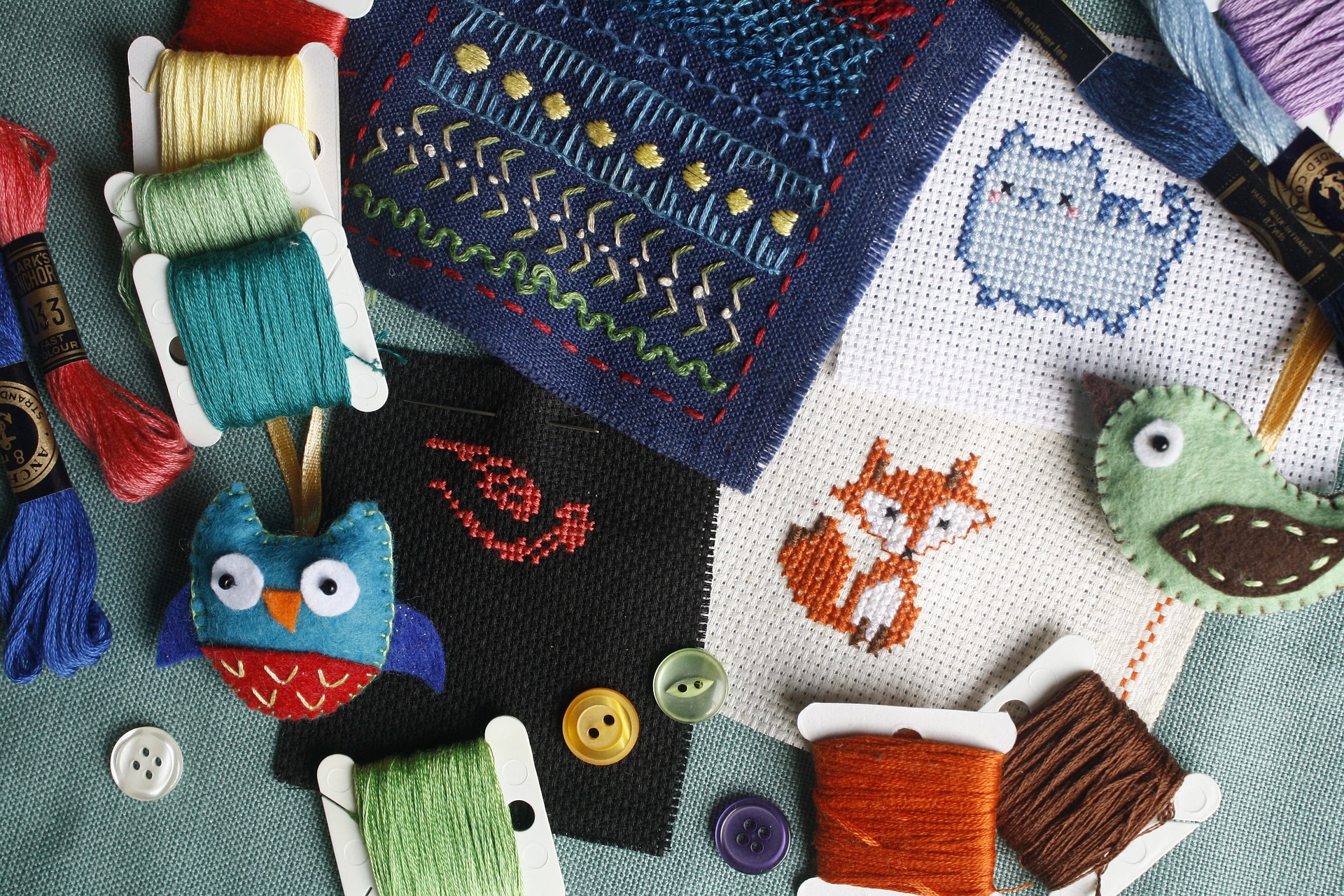The Sociocultural Matrix: Understanding the Phenomenon of Memes in Modern Society
A new language has arisen in the digital age, one that communicates through images, captions, and a shared sense of humor. Dive into the world of internet memes and discover how they mirror, shape, and challenge our societal norms. Read below to delve into this unique cultural phenomenon.

The Genesis of Memes
The term ‘meme’ was first coined by evolutionary biologist Richard Dawkins in his 1976 book, ‘The Selfish Gene’. Dawkins defined it as a unit of cultural transmission or imitation, similar to the biological transmission of genes. However, with the advent of the internet, memes have morphed into a completely new entity. They’ve become a form of humor or commentary, often shared in the form of images, videos, or text, and spread rapidly online.
The Internet as a Breeding Ground for Memes
In the early days of the internet, memes were shared on forums like Reddit and 4chan. As social media platforms like Facebook, Instagram, and Twitter gained prominence, memes began to spread more widely and quickly. The ease of sharing and the global connectivity provided by these platforms have allowed memes to become a universal language of sorts, transcending geographical and cultural boundaries.
Memes as a Mirror of Society
Memes are more than just viral content; they are a reflection of societal attitudes, beliefs, and events. They can illuminate societal trends, from the rise of mental health awareness to political movements. They’re a barometer of public sentiment, often incorporating current events, pop culture references and shared experiences. Memes can also challenge societal norms and stereotypes, prompting individuals to question established ideas.
Memes as Agents of Change
While memes can reflect society, they can also shape it. The rapid spread of memes can influence public opinion and can be used as a form of social activism. From movements like #MeToo to climate change activism, memes have been used to spread awareness, rally support, and challenge the status quo. Their ability to encapsulate complex ideas in a simple, relatable format makes them a powerful tool for social change.
The Dark Side of Memes
However, like any tool, memes can be misused. They can spread misinformation, perpetuate stereotypes, and be used for cyberbullying. The anonymity of the internet, combined with the viral nature of memes, can make them a potent weapon for spreading harmful content. It’s essential to approach memes with a critical eye, understanding their potential impact on individual and societal levels.
While memes may seem trivial on the surface, they are a significant cultural phenomenon in our digital age. They are a reflection of our collective consciousness, mirroring our fears, hopes, and humor. As we move forward in this digital age, understanding the power and implications of memes is crucial to navigate our evolving sociocultural landscape.




